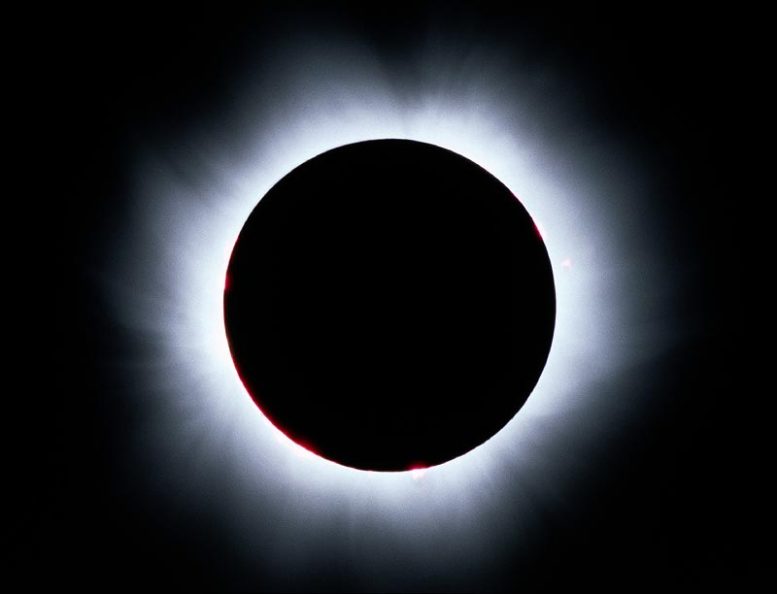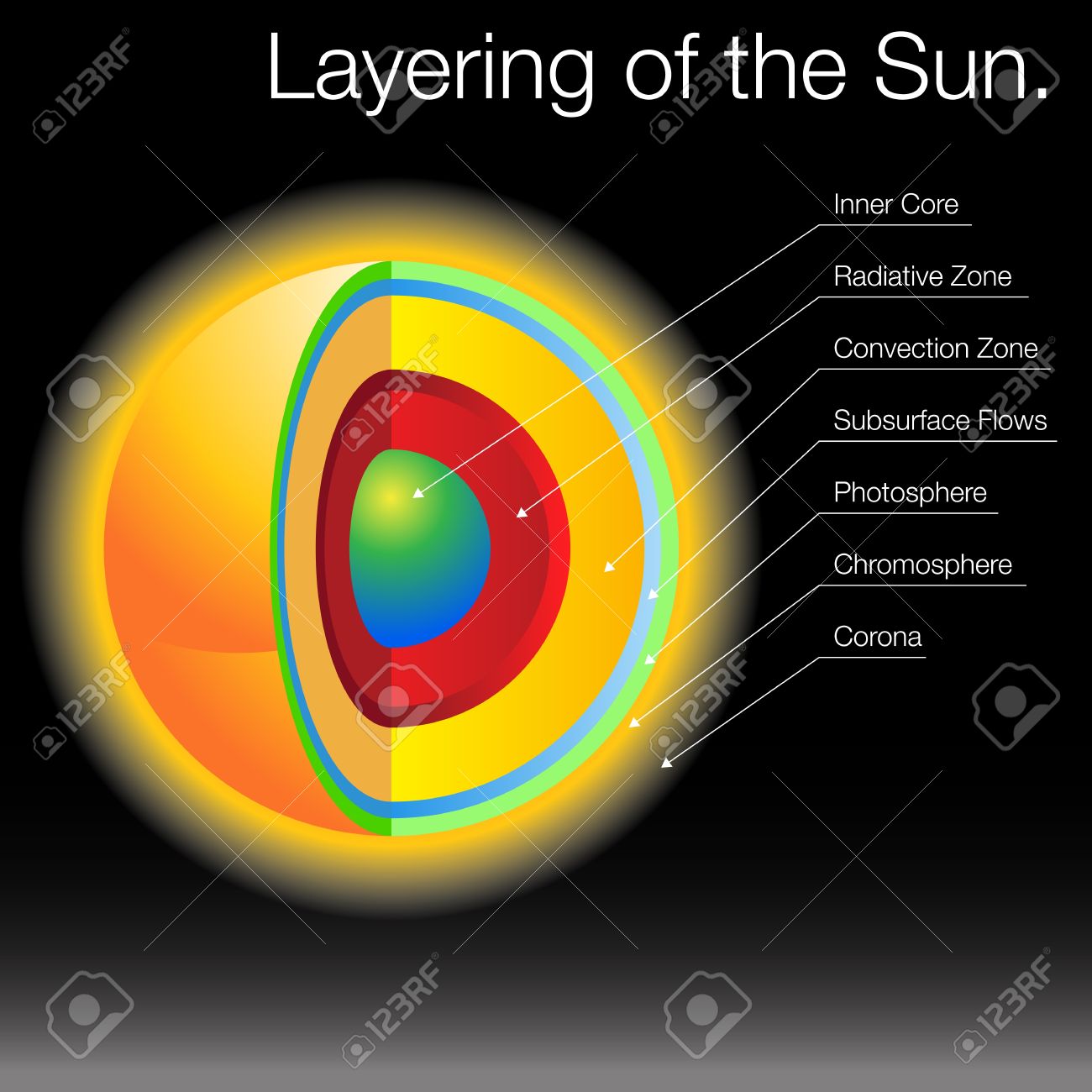

This has allowed solar scientists to describe a repeating pattern in the wax and wane of activity on the Sun’s surface-the solar cycle. Sunspots have been continuously counted each day since 1838. Sunspots are indicative of solar activity, giving birth to solar flares and coronal mass ejections (CMEs). It’s an area of intense magnetic activity on the surface of the Sun-a storm-that appears as an area of darkness. These speeds are so high that the particles can escape the Sun's gravity. The corona's temperature causes its particles to move at very high speeds.From it comes the solar wind that travels through our solar system. The corona extends far out into space.These include streamers, loops, and plumes. The Sun's magnetic fields affect charged particles in the corona to form beautiful features.This is the force that makes magnets stick to metal, like the door of your refrigerator.


The surface of the Sun is covered in magnetic fields.But astronomers think that this is only one of many ways in which the corona is heated. In the corona, the heat bombs explode and release their energy as heat.A NASA mission called IRIS discovered packets of very hot material called "heat bombs" that travel from the Sun into the corona.Yet the corona is hundreds of times hotter than the Sun’s surface. The corona is in the outer layer of the Sun’s atmosphere-far from its surface.Astronomers have been trying to solve this mystery for a long time. The corona’s high temperatures are a bit of a mystery.This low density makes the corona much less bright than the surface of the Sun.As it is about 10 million times less dense than the Sun’s surface. The corona reaches extremely high temperatures.Corona consists of ionised gas at temperatures exceeding one million Kelvin, which is much higher than photospheric temperature of 6000K, the visible surface temperature of the Sun.It emits ultra-violet and X-ray wavelengths of the electromagnetic spectrum.However, the corona can be viewed during a total solar eclipse. That makes it difficult to see without using special instruments.The corona is usually hidden by the bright light of the Sun's surface.The Sun’s corona is the outermost part of the Sun’s atmosphere.Indian researchers have developed a simple technique of separating the constant background of the Solar Colona and revealing the dynamic corona.Disclaimer: Copyright infringement not intended.


 0 kommentar(er)
0 kommentar(er)
